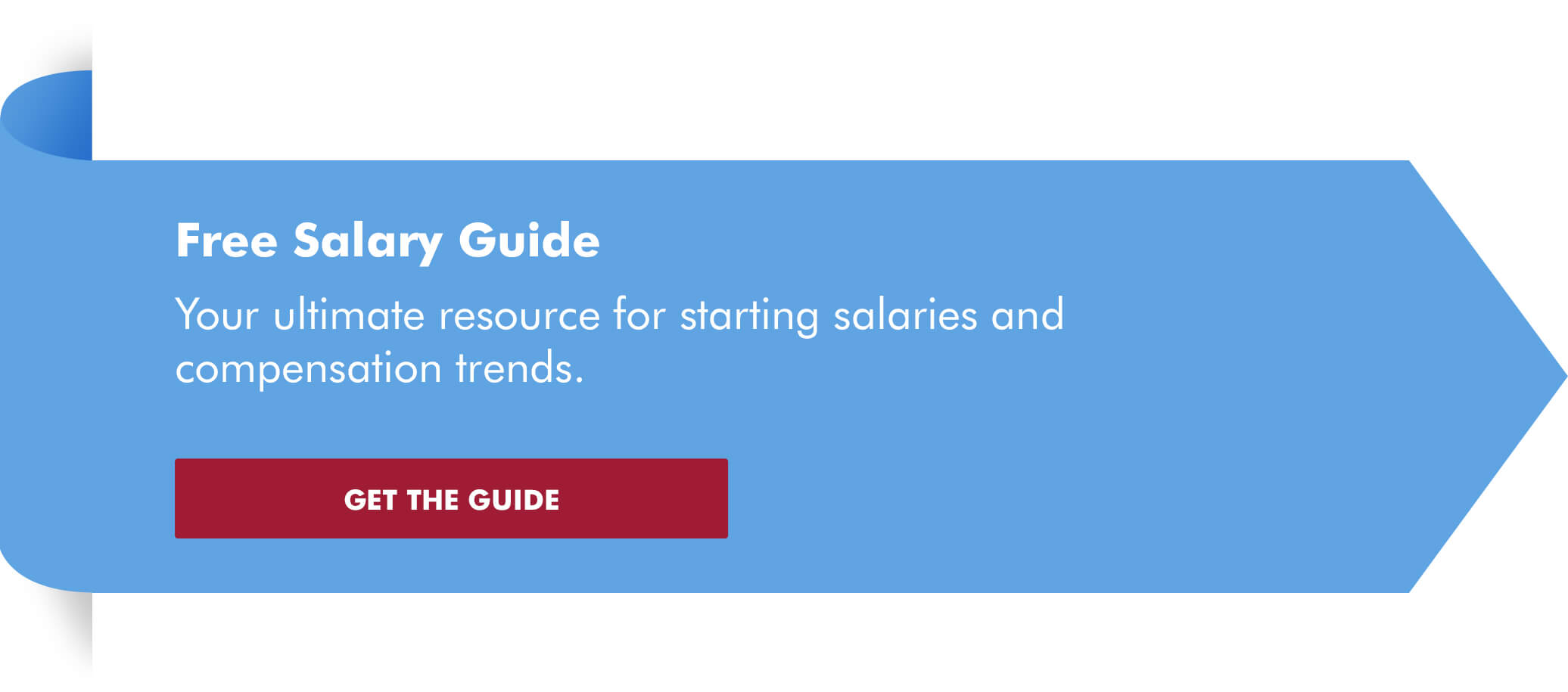By Robert Half and Protiviti*
A key lesson of the COVID-19 pandemic for businesses is the need for built-in resiliency, agility and flexibility that will prepare them for unforeseen circumstances. In particular, this means investing in tomorrow’s workforce. But given the talent shortages companies are now facing, financial executives may feel they have their hands full just staffing current needs — and lack the time and impetus to take a future-forward perspective.
Indeed, survey results featured in Robert Half’s 2023 Salary Guide show that 51% of hiring managers in the United States have seen quits at their company increase — and 78% report they’re concerned even more employees are poised to leave.
Still, employers would be short-sighted if they don’t combine the need to gain an edge in hiring and retention today with the necessity of laying the groundwork for the workforce of tomorrow. These four strategies can help:
1. Closely align your upskilling and retention programs
Upskilling efforts should be future-forward. Employers need to invest in their employees and help them become proficient in rapidly evolving and emerging areas like advanced analytics, automation, artificial intelligence, machine learning, and even quantum computing. Businesses that don’t take this approach risk losing their best workers to competitors that do.
2. Empower managers to create a standout employee experience
Executives who want to succeed at building a future-forward workforce can begin by letting company managers who oversee employee teams know they need their help. Given the hybrid and/or remote nature of work, managers are well-positioned to serve as organizational ambassadors and stewards of the company’s culture on a day-to-day basis.
Professionals are attracted to a company culture that aligns with their personal values. Their employee experience is strongly colored by the way their manager addresses — along with the goals of the business — the full scope of their expectations, including health and wellness.
This includes developing a thoughtful strategy for promoting diversity, equity and inclusion (DEI), as this issue matters greatly to many workers. Supporting employee resource groups and other initiatives that celebrate diversity will help raise workers’ visibility and voice and, in turn, their assessment of the employee experience.
3. Embrace the new role of the office
The pandemic’s business disruption has left many companies struggling to decide what workforce model to adopt for the long term — in-office, hybrid or fully remote? What’s becoming clear is that the latter two approaches are winning, in part because they can have a significant impact on an employer’s ability to attract and keep valued talent.
In a Robert Half survey, 50% of employees working remotely said they’d look for another job if their employer required them to return to the office full time. And 70% of business leaders globally expect their companies will be embracing a hybrid working model in 2032, according to a recent University of Oxford and Protiviti survey.
That means companies need to reimagine the role of the office now — and take actions to help foster a cohesive, inclusive corporate culture across a dispersed workforce. That way, team members who aren’t in the office all the time, or at all, can feel fully supported, included and satisfied at work, all attributes of people who are more likely to remain with a company for the long haul.
4. Integrate the use of contract talent into the organizational culture
Many companies are starting to expand their use of contract talent to access specialized skills and drive critical projects forward, especially in functions like finance and accounting. This scalable resource can be used either singly, in teams or, for the most complex projects, working under the direction of outside business consultants.
The use of interim workers is nothing new, of course, but now — especially at the professional level —it’s become an ongoing strategy for businesses looking to develop new capabilities and increase their future fitness. Fifty-five percent of U.S. company managers responding to a recent Robert Half survey say they plan to bring in more contract professionals in the coming year, up from 35% in a similar survey a year ago.
Including their contract professionals and related solutions as part of their unified mix of talent is another way employers can promote a cohesive culture. They’re doing this by communicating to their core team members how this staffing strategy helps to support them and furthers the company’s efforts to create a more flexible, dynamic workplace of the future.
Make future-proofing the workforce an ongoing priority
Chief financial officers and other finance leaders are uniquely positioned to help their organizations create a more resilient, agile and skilled workforce for today — and tomorrow. Applying the four strategies above can be a starting point.
Engage with the CEO and other C-suite members, including chief people officers, and the board of directors to confirm everyone is on the same page with the company’s workforce objectives. Importantly, keep measuring progress toward outlined goals to build on successes and course-correct, as needed, to stay on track.
*Protiviti is a global consulting firm and Robert Half subsidiary.
The original version of this article appeared on FEI Daily. Learn more about Financial Executives International.








